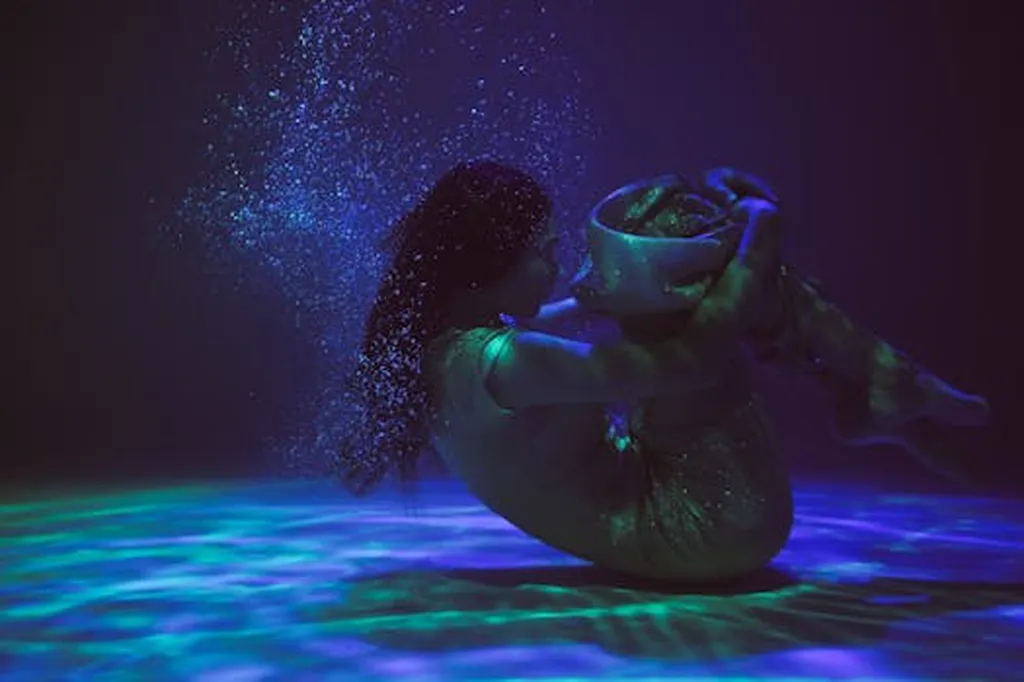Researchers at the University of Maryland and McGill University have developed a groundbreaking framework for autonomous underwater monitoring, addressing critical challenges in marine environmental observation. Their work, titled DREAM (Domain-aware Reasoning for Efficient Autonomous Underwater Monitoring), introduces a Vision Language Model (VLM)-guided autonomy system designed to revolutionize long-term underwater exploration and habitat monitoring.
The ocean’s warming and acidification pose severe threats to temperature-sensitive species like oysters, increasing the risk of mass mortality events. Traditional monitoring methods rely heavily on human labor, which is costly and hazardous for prolonged underwater tasks. The researchers recognized the need for a safer, more efficient solution and turned to robotic systems equipped with intelligent decision-making capabilities. DREAM aims to provide persistent, wide-area, and low-cost benthic monitoring, reducing the need for human intervention.
DREAM’s framework leverages advanced Vision Language Models to enable underwater robots to make real-time, environment-aware decisions. The system demonstrates remarkable efficiency in locating and exploring target objects, such as oysters and shipwrecks, without prior location information. In oyster-monitoring tasks, DREAM outperforms previous baselines, completing the task 31.5% faster while identifying the same number of oysters. Compared to a vanilla VLM, DREAM uses 23% fewer steps and covers 8.88% more oysters, showcasing its superior performance.
In shipwreck scenarios, DREAM’s capabilities are equally impressive. The framework successfully explores and maps wrecks without collisions, achieving 100% coverage. This is a significant improvement over the vanilla model, which only achieves 60.23% average coverage in similar environments. DREAM requires 27.5% fewer steps, highlighting its efficiency and effectiveness in complex underwater settings.
The practical applications of DREAM are vast. For the marine sector, this technology could transform environmental monitoring, enabling continuous and detailed observation of underwater ecosystems. The ability to track changes in marine life, such as oyster populations, can provide valuable data for conservation efforts and climate change research. Additionally, DREAM’s capability to map and explore shipwrecks could enhance underwater archaeology and salvage operations, providing safer and more efficient methods for these activities.
The development of DREAM represents a significant step forward in autonomous underwater monitoring. By equipping robots with intelligent decision-making tools, researchers have created a system that is not only efficient but also adaptable to various underwater environments. This innovation could pave the way for more advanced robotic systems in the marine sector, ultimately contributing to better environmental stewardship and scientific discovery. Read the original research paper here.

